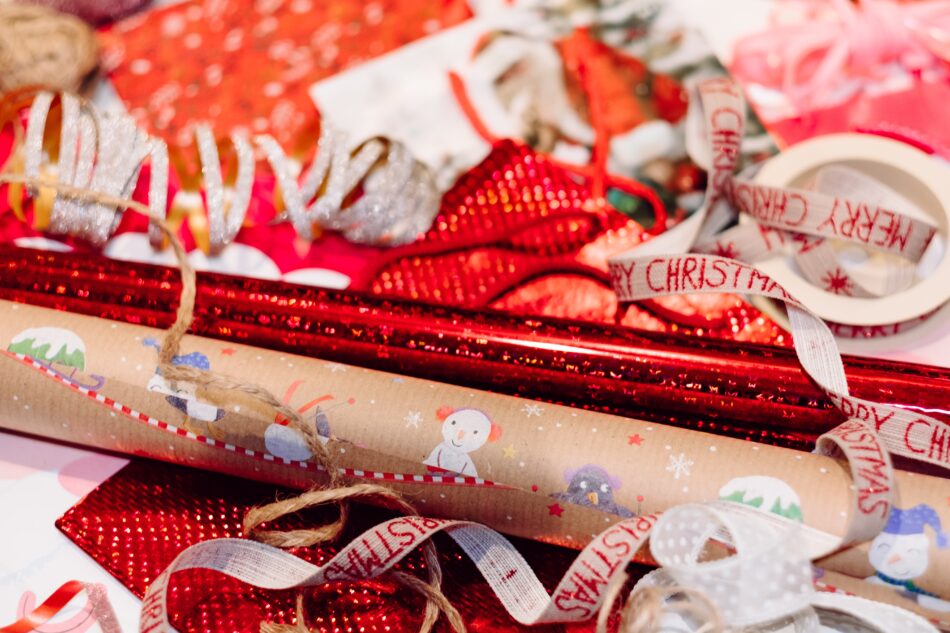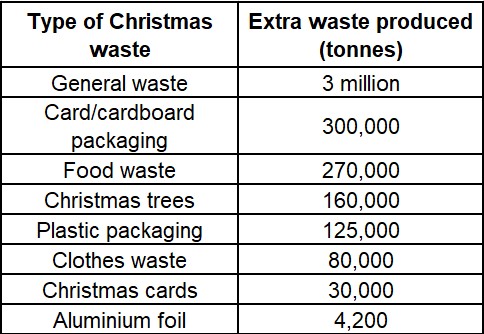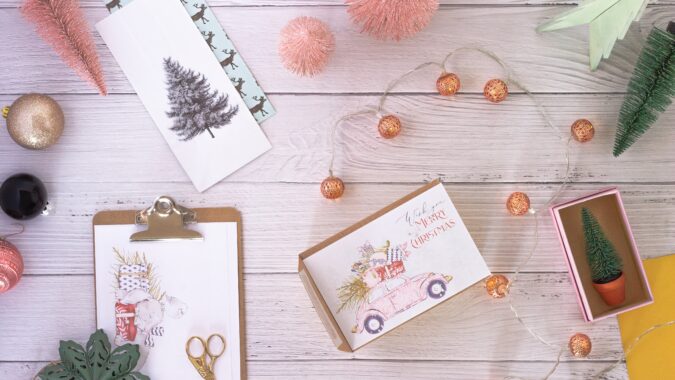
Christmas Waste
The festive season is a time for excess as we overindulge, spend, and celebrate. Unfortunately, this excess includes the amount of Christmas waste we produce. Businesses and households around the UK produce much more waste at Christmas than any other time of the year – from food and packaging to plastic, paper, and presents.
On average, UK households spend 29% more in December than in any other month, according to the Bank of England. This is reflected in the amount of rubbish produced, as the typical household creates 30% more waste at Christmas than any other time of the year. Yet these aren’t even the most shocking Christmas facts about waste.
Discover more Christmas waste facts, statistics, and our guides to help your business or home have an eco-friendly Christmas this year.
Christmas waste statistics
Facts and statistics about Christmas waste change every year as businesses and households are more aware and active about reducing how much rubbish they produce. There are still plenty of surprising stats about Christmas waste out there, which will hopefully encourage companies and homes to plan and think carefully about ways to reduce their waste.
Our individual guides cover specific Christmas waste facts and stats for the likes of food, packaging, cards, trees, and more. To give a brief overview of the extra seasonal rubbish produced we’ve pulled together some top-level Christmas waste statistics about the amount of excess waste created over the Christmas period.
How much extra waste is produced at Christmas?

Some further shocking Christmas waste statistics about the UK include:
- 227,000 miles of Christmas wrapping paper are thrown away every year.
- Around one billion Christmas cards are bought in the UK, but only one in four are recycled.
- £700 million is spent on unwanted presents each Christmas in the UK.
- 40 million Christmas crackers are binned on Christmas day itself.
- More than 16 million advent calendars are sold in the UK and most contain some type of non-recyclable plastic.
- 3,000 tonnes of turkey packaging go to waste each year.
- 300 million plastic cups and straws are used at Christmas parties and celebrations, most of which aren’t recyclable.
- UK households and businesses spend £26 million to send Christmas waste to landfill.
- Christmas food waste costs are estimated to be around £444 million in the UK.
- An extra 750 million bottles and 500 million cans are thrown away over the Christmas period.

Christmas waste guides
Have an eco-friendly Christmas this year with these tips on reducing festive rubbish from our waste experts. From managing commercial Christmas waste to throwing a zero-waste party and getting rid of your Christmas tree sustainably, we’ve got you covered. Find out how to have a zero waste Christmas in your business and household with our detailed guides.
Get a fast and free quote
Get a fast FREE quote for your Christmas waste collection
- Free quote within 1 hr
- Any type of Christmas waste
- FREE bins and delivery
- We cover all of the UK
Published 3rd November 2022 by Graham Matthews. Last modified 6th December 2024